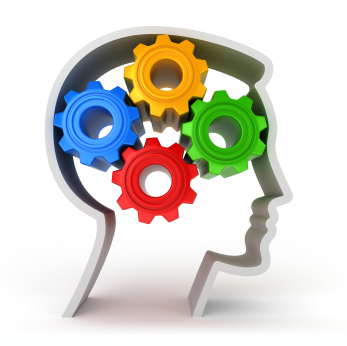Computer programs that ace IQ tests
February 16, 2012
Researchers at the Department of Philosophy, Linguistics and Theory of Science at the University of Gothenburg, Sweden, have created a computer program that scored up to 150 on specific portions of an IQ test: identifying patterns in pictures and number sequences.
IQ tests include progressive matrices, which test the ability to see patterns in pictures, and number sequences, which test the ability to see patterns in numbers. The most common math computer programs, such as Mathematica, score below 100 on IQ tests with number sequences.
For Claes Strannegård, researcher at the Department of Philosophy, Linguistics and Theory of Science, this was a reason to try to design “smarter” computer programs. “We’re trying to make programs that can discover the same types of patterns that humans can see,” he says.
Modeling human problem solving
They have integrated a mathematical model that models two types of human-like problem solving. They developed two programs.
One solves progressive matrices. It scores IQ 100 and has the unique ability of being able to solve the problems without having access to any response alternatives.
Another program specializes in number sequences and is able to ace the tests, implying an IQ of at least 150 for that class of problems.
They did not address verbal and other types of problems.
“Our programs are beating the conventional math programs because we are combining mathematics and psychology,” says Strannegård. Our method can potentially be used to identify patterns in any data with a psychological component, such as financial data. But it is not as good at finding patterns in more science-type data, such as weather data, since then the human psyche is not involved.” .
The research group has recently started collaborating with the Department of Psychology at Stockholm University, with a goal to develop new IQ tests with different levels of difficulty.
‘We have developed a pretty good understanding of how the tests work. Now we want to divide them into different levels of difficulty and design new types of tests, which we can then use to design computer programs for people who want to practice their problem solving ability,” says Strannegård.
